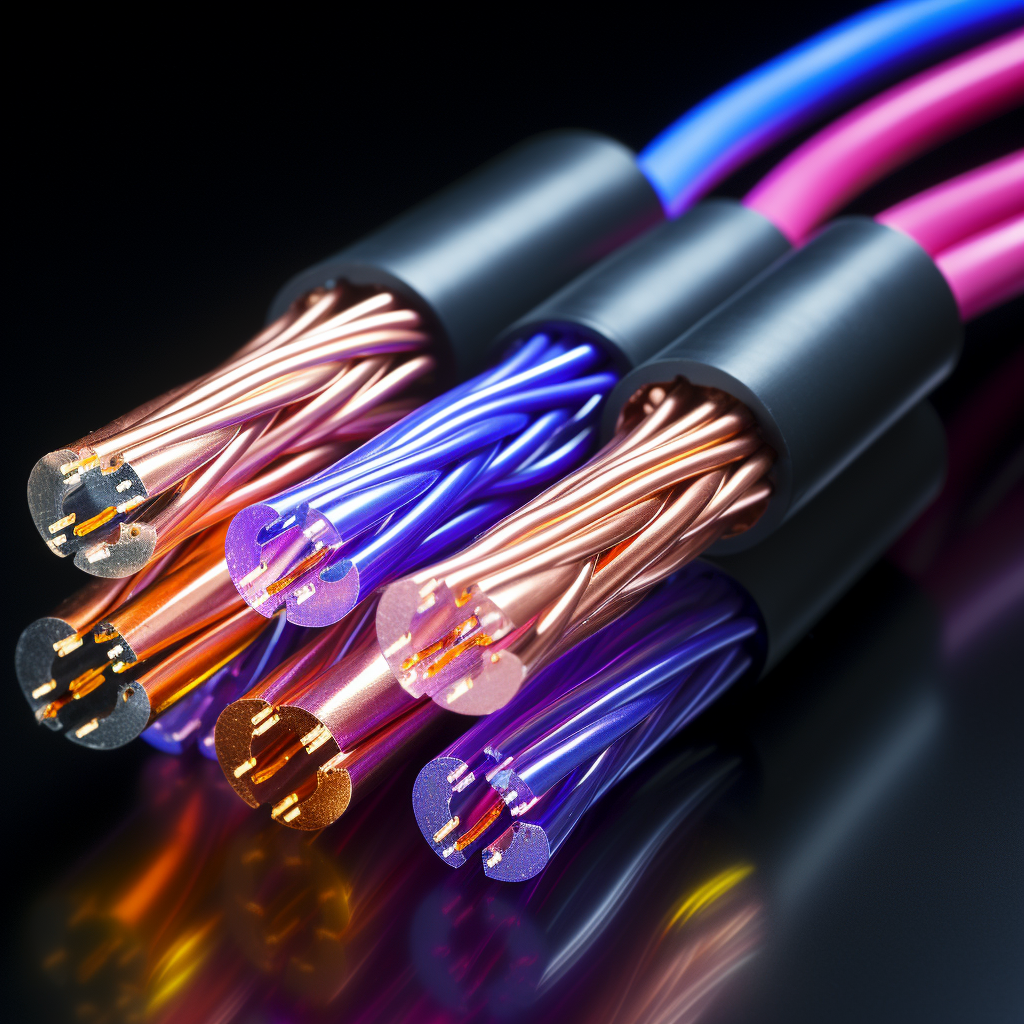In the intricate world of electrical systems, understanding the roles of conductivity and resistance is crucial for ensuring optimal performance of power cables. These two factors play a pivotal role in determining the efficiency, safety, and reliability of power transmission in various applications, including grow lights, industrial machinery, and electronic devices. WiringLabs delves into the significance of conductivity and resistance, providing insights on how they affect power cable performance.
Understanding Conductivity in Power Cables
Conductivity refers to the ability of a material to allow the flow of electric current. In the context of power cables, materials with high conductivity, such as copper and aluminum, are commonly used. The higher the conductivity of a material, the more efficiently it can transmit electrical power.
- Material Choice: The choice of material greatly impacts the conductivity of a cable. Copper, known for its excellent conductivity, is widely used for its efficiency in power transmission.
- Efficiency: High conductivity ensures minimal energy loss during transmission, making the system more efficient.
- Heat Generation: Conductive materials with lower resistance generate less heat, reducing the risk of overheating and related damages.
The Role of Resistance in Power Cables
Resistance is the opposition a material offers to the flow of electric current. It is an essential consideration in power cable design, as it affects how much energy is lost as heat during transmission.
- Material and Construction: The resistance of a cable is influenced by the material used and its construction. Thicker cables and those made from materials with lower resistivity, like copper, have lower resistance.
- Length and Thickness: The length and thickness of a cable also play roles in resistance. Longer cables have more resistance, and thicker cables have less.
- Temperature Effects: Resistance can change with temperature; as temperature increases, resistance typically does too, which can affect performance.
Balancing Conductivity and Resistance for Optimal Performance
The key to maximizing power cable performance lies in balancing conductivity and resistance. This balance ensures efficient energy transmission with minimal losses and heat generation.
- Cable Design: Cable design should be tailored to the specific application, considering the required conductivity and acceptable resistance levels.
- Application-Specific Selection: Different applications may require different balances. For instance, long-distance power transmission might prioritize lower resistance, while high-power applications might require cables with maximum conductivity.
- Quality Manufacturing: High-quality manufacturing practices ensure that cables maintain their designed balance of conductivity and resistance, even under varying environmental conditions.
Conclusion
Conductivity and resistance are critical factors in the performance of power cables. Understanding and balancing these properties can lead to more efficient, safe, and reliable electrical systems. Whether for industrial, commercial, or specialized applications, selecting the right power cable with the appropriate conductivity and resistance characteristics is vital.
If you need custom wiring harness or cable assemblies, feel free to contact WiringLabs.
